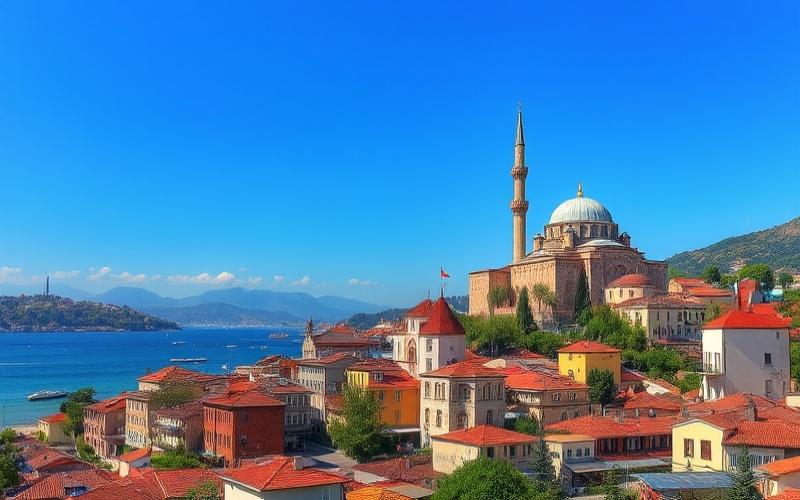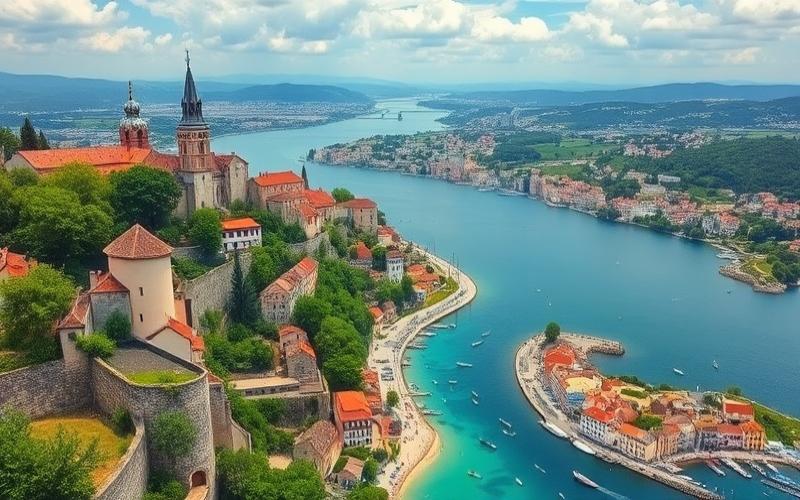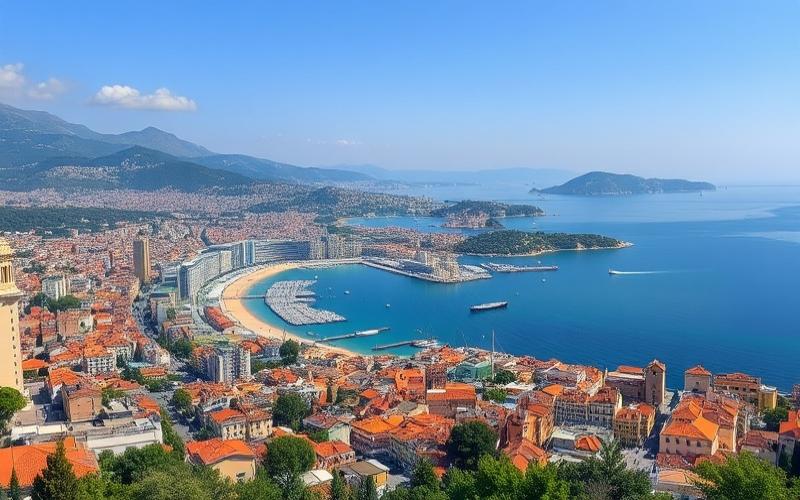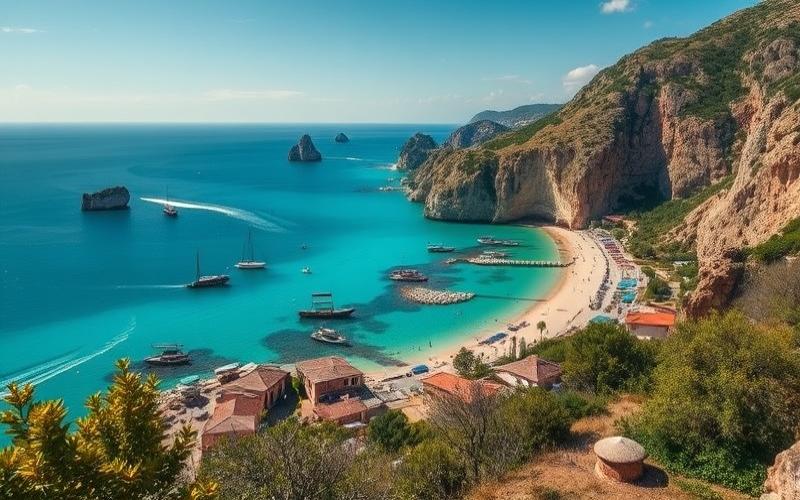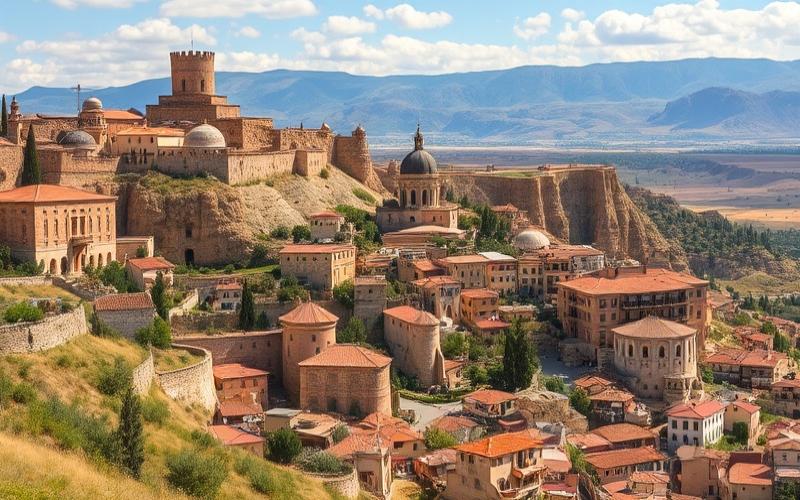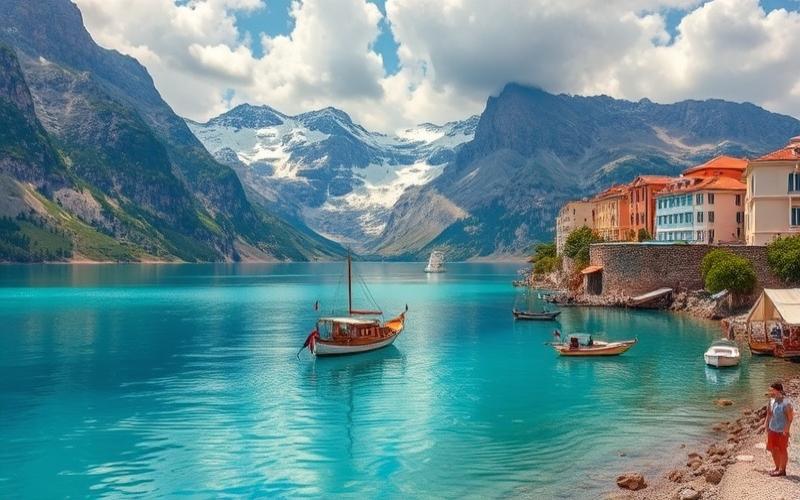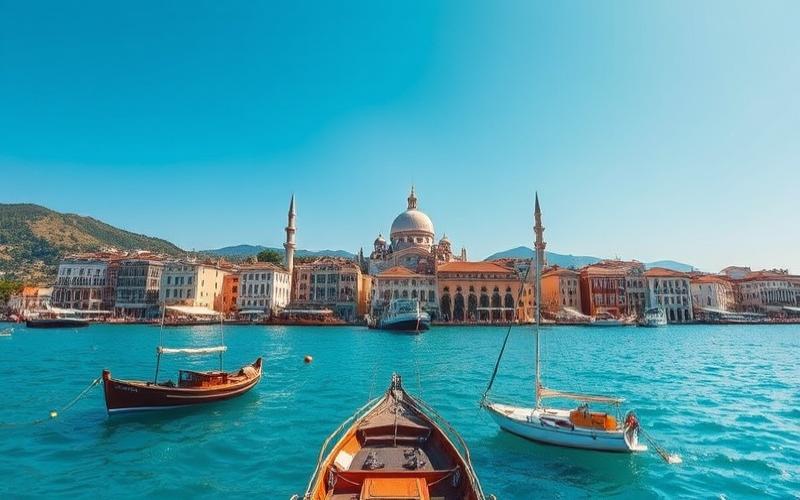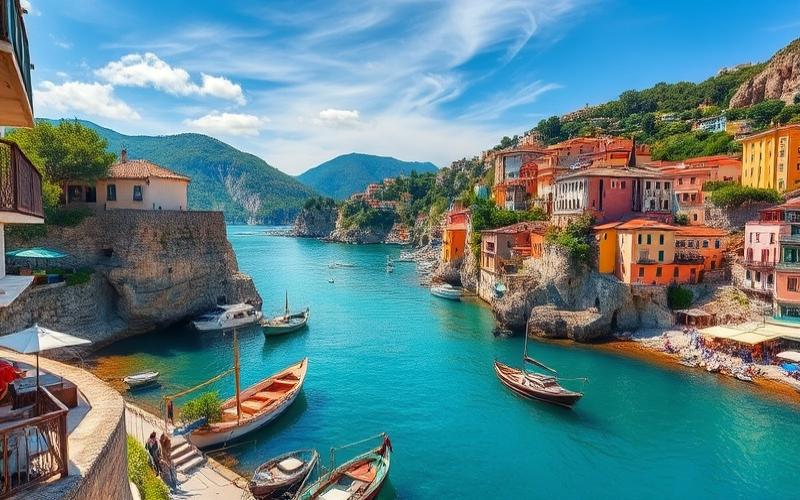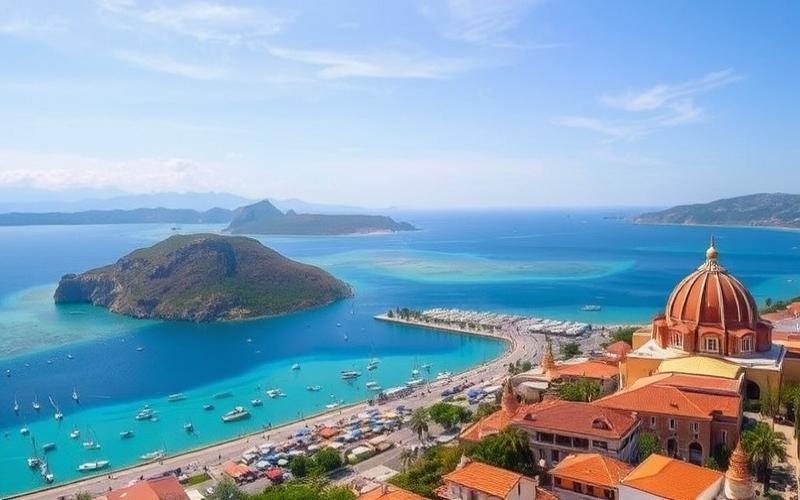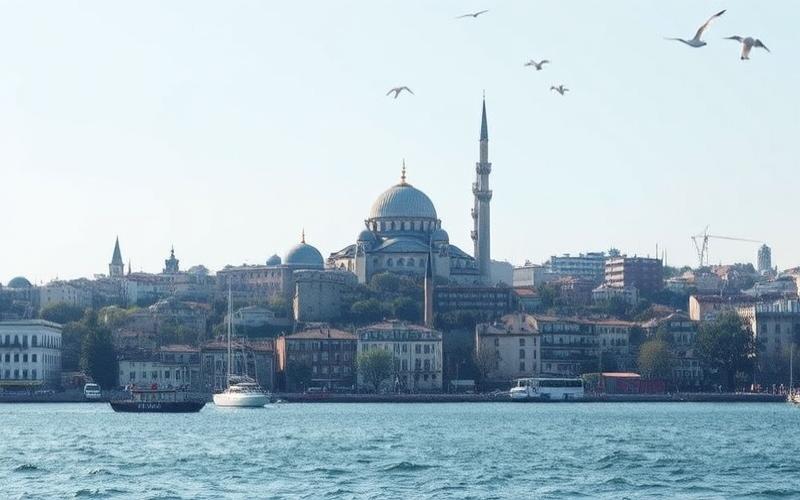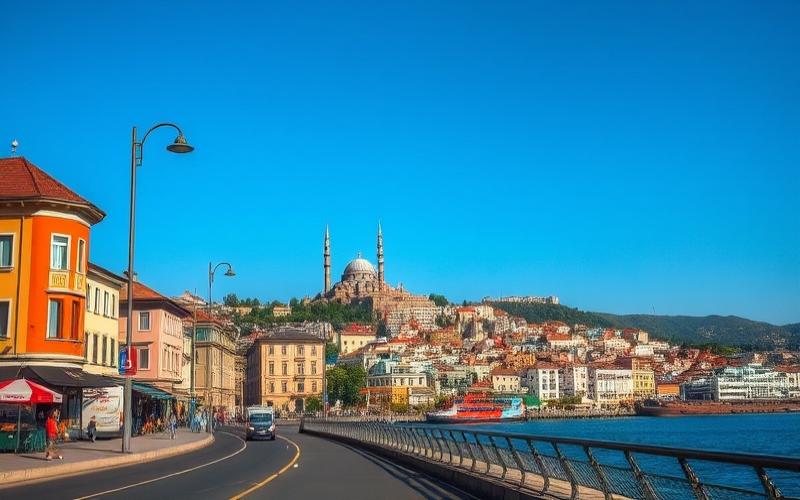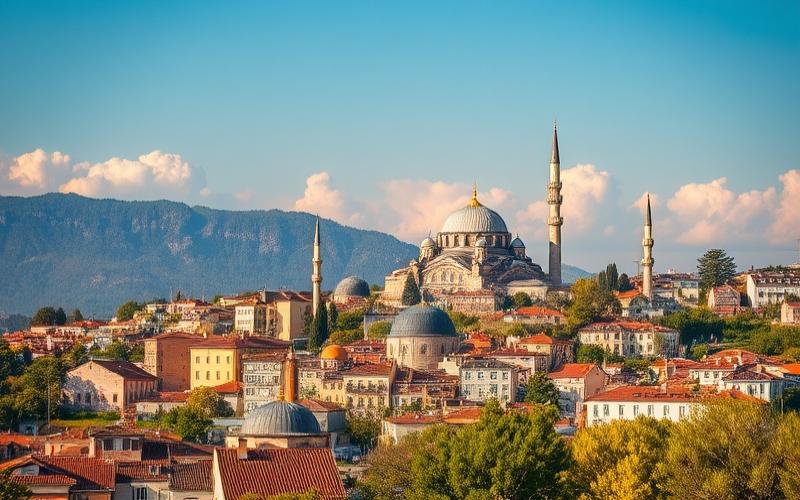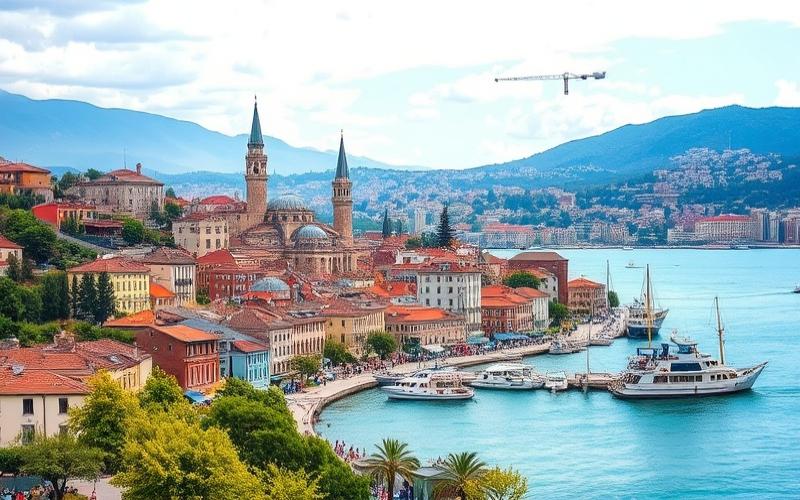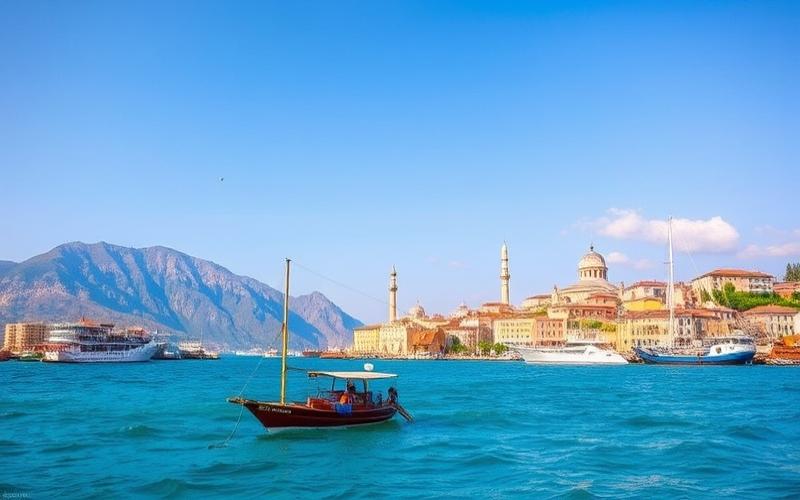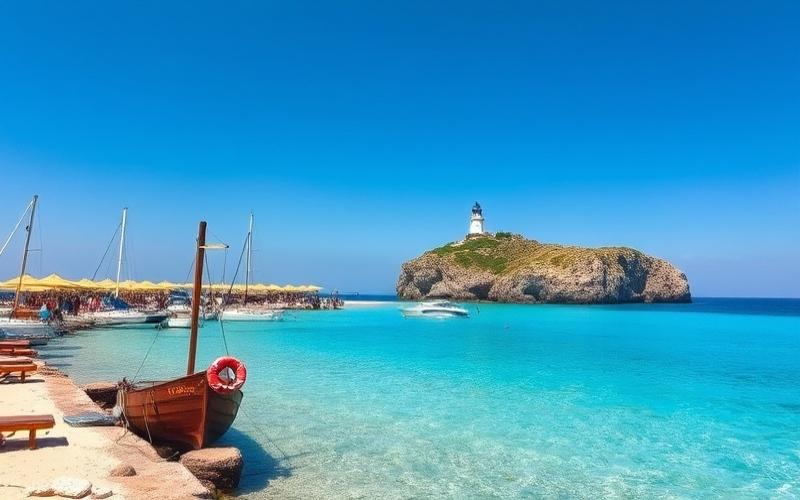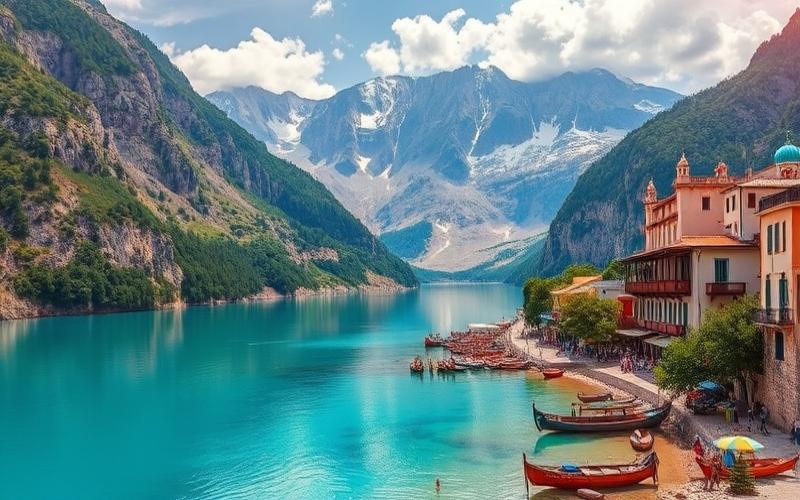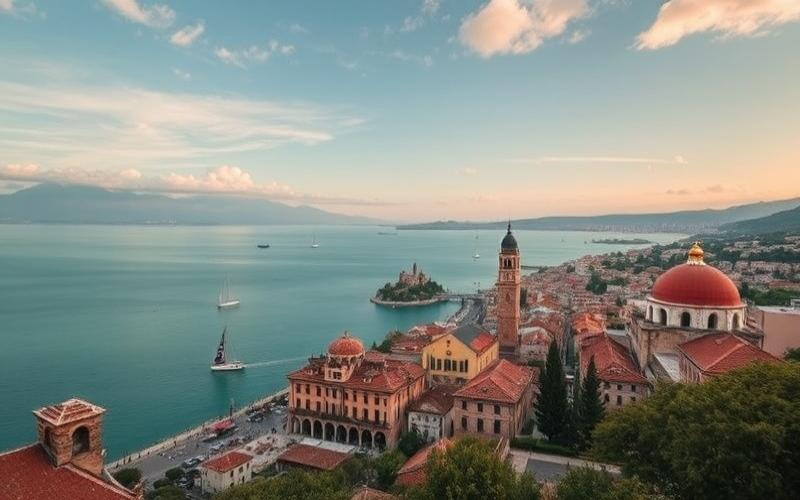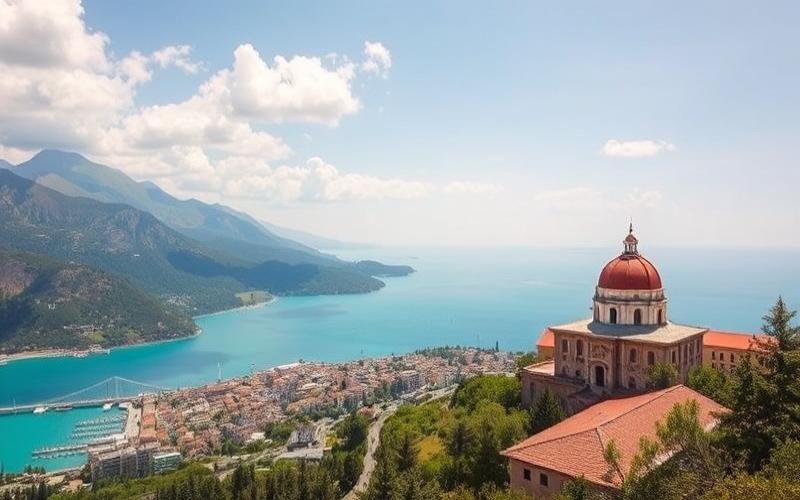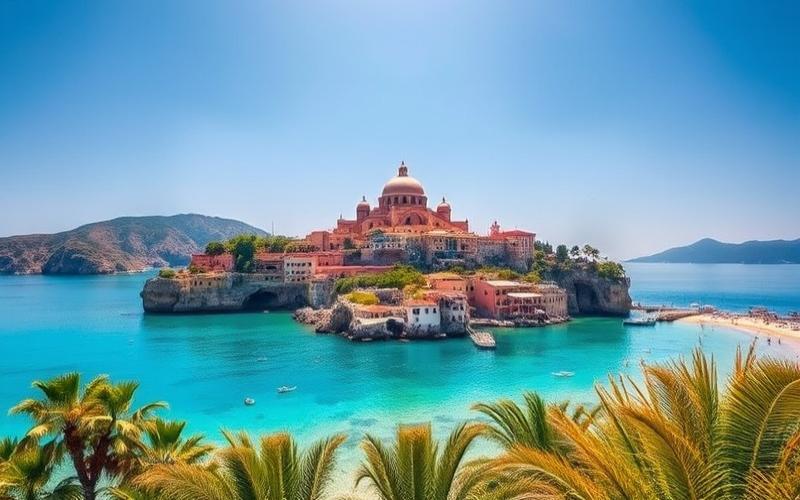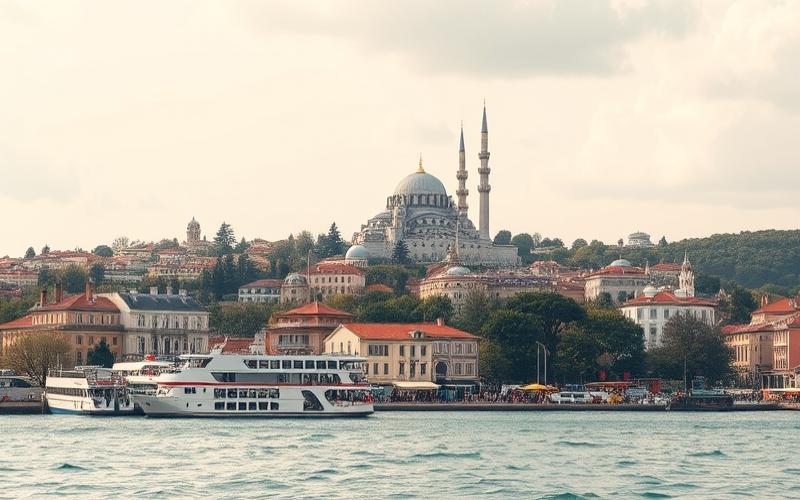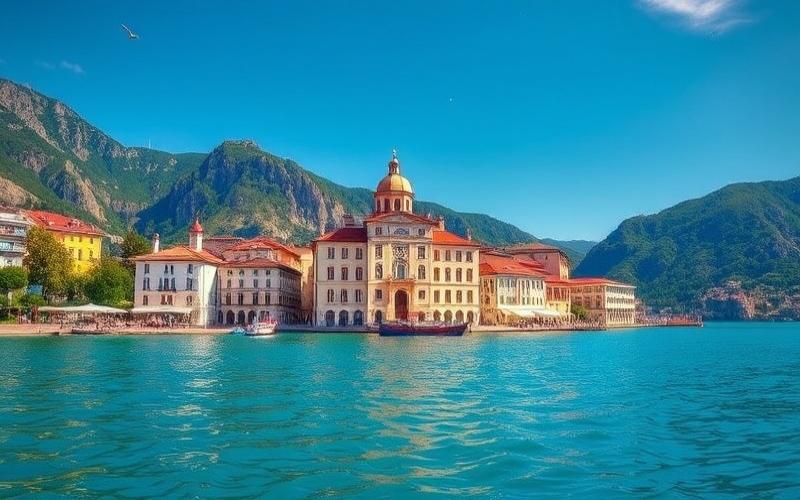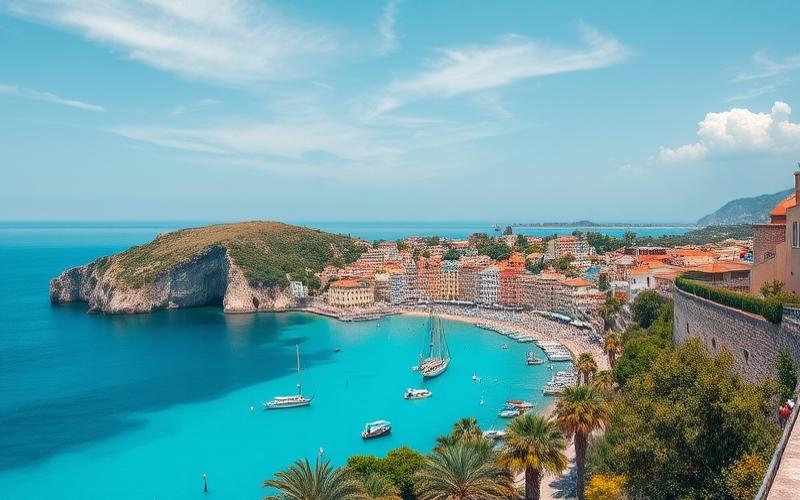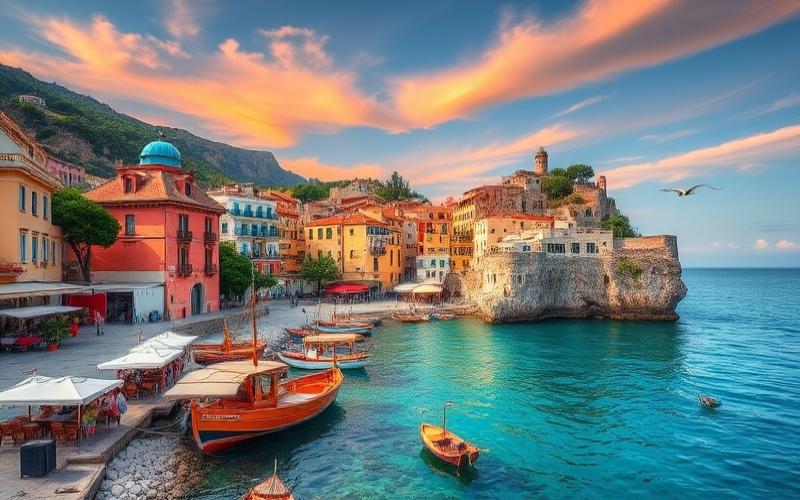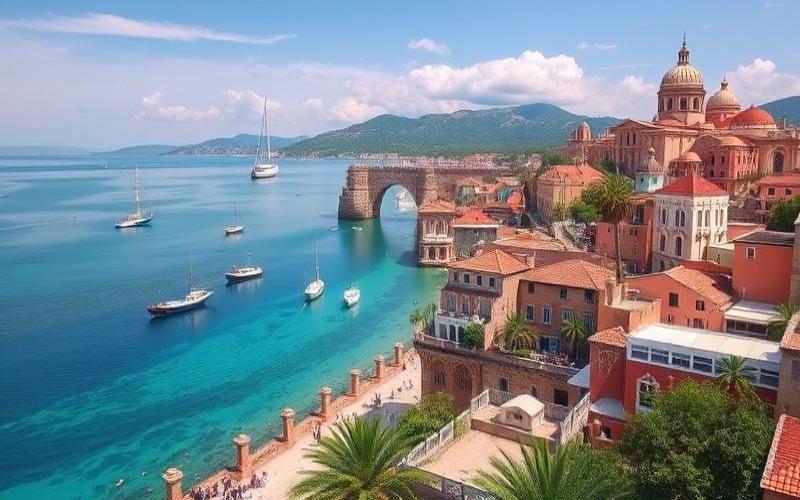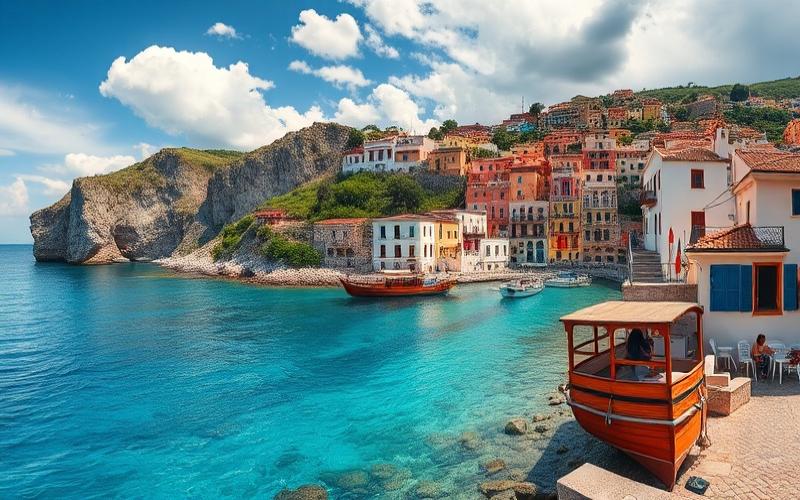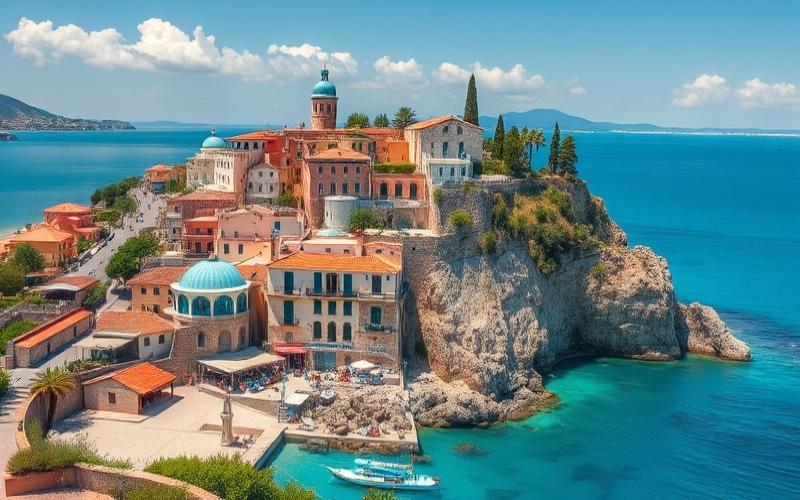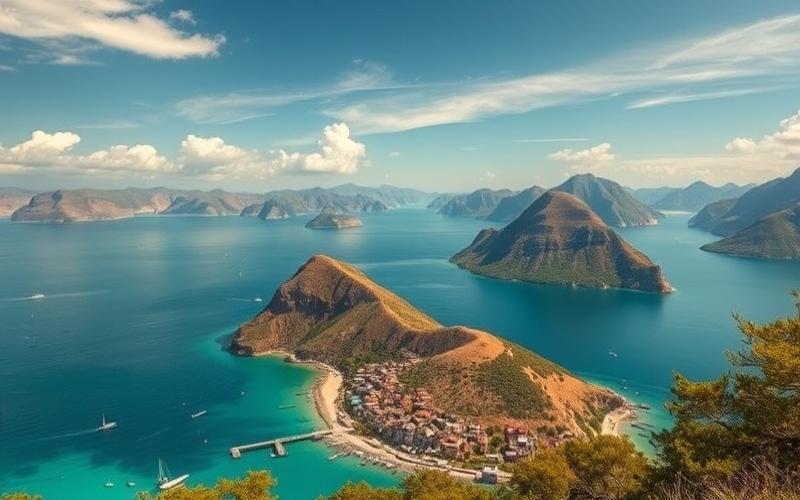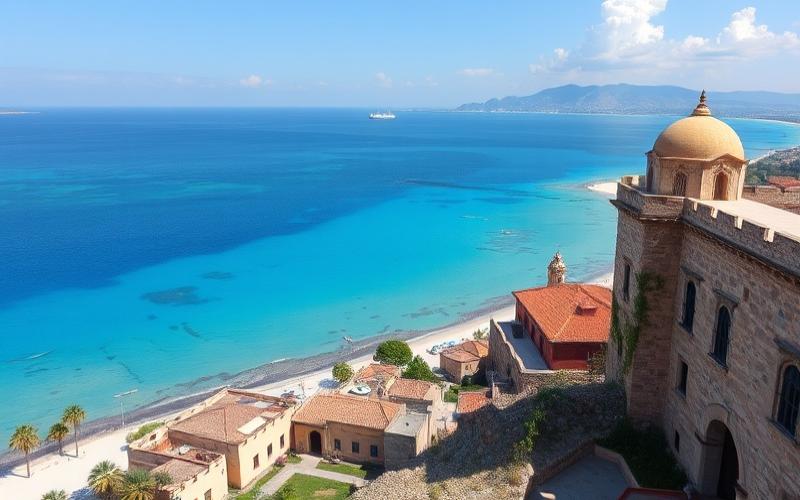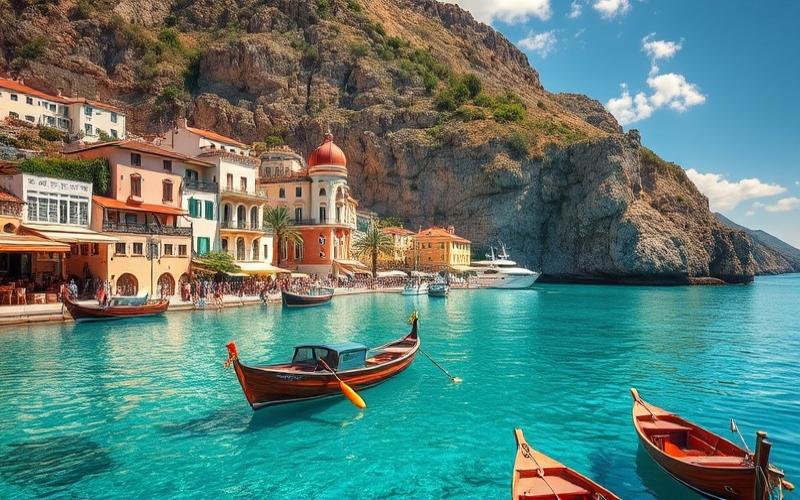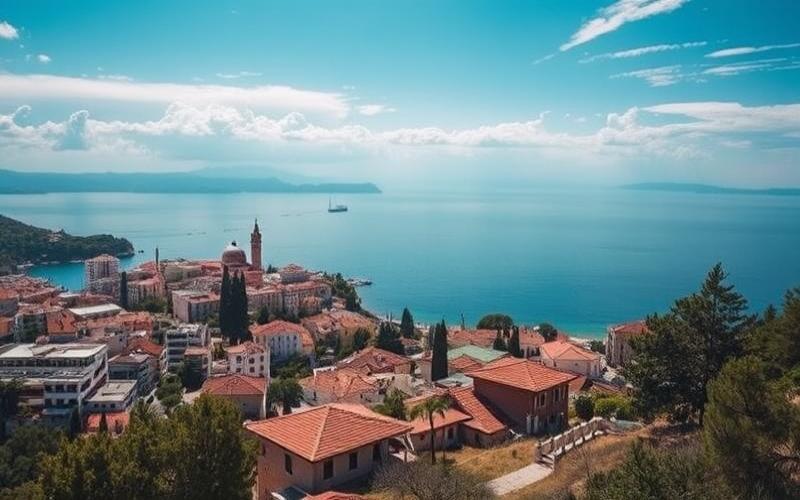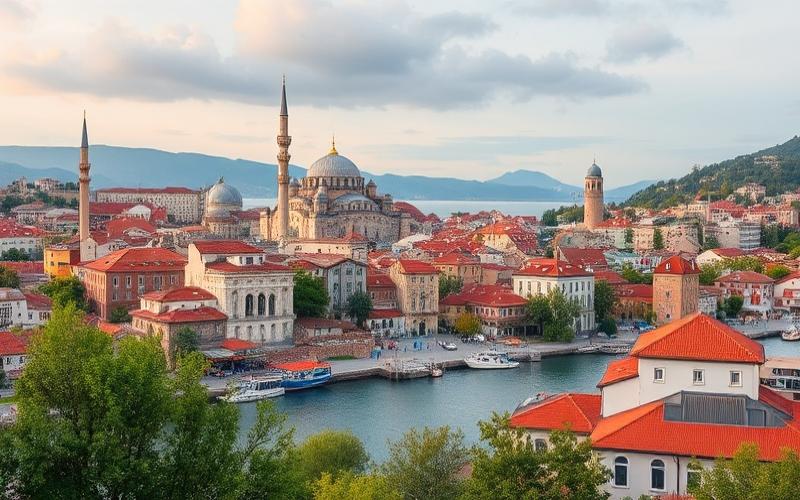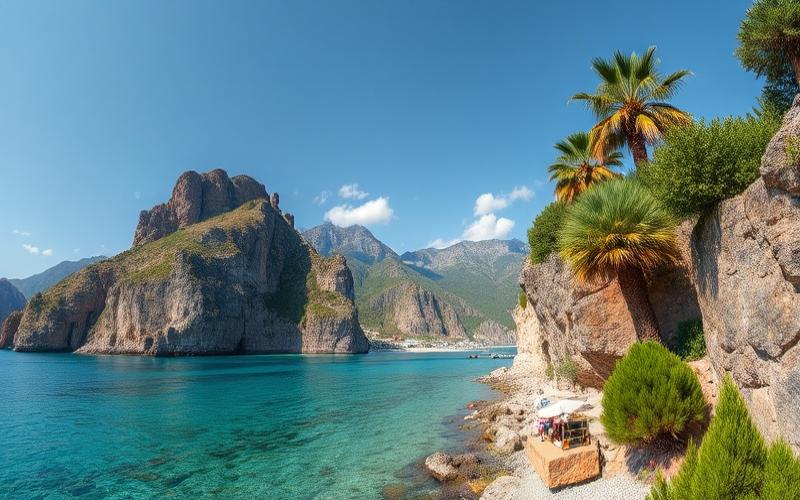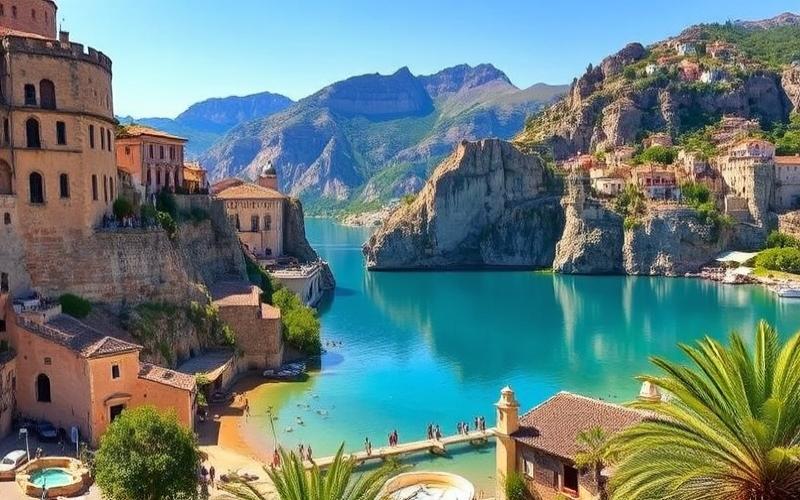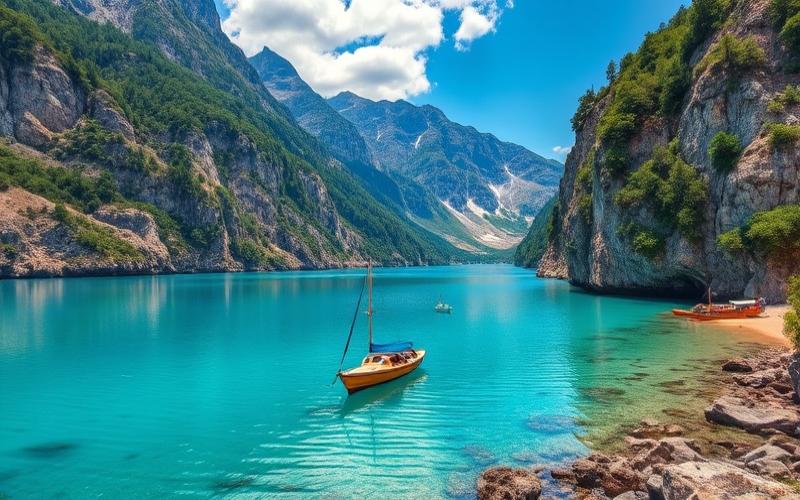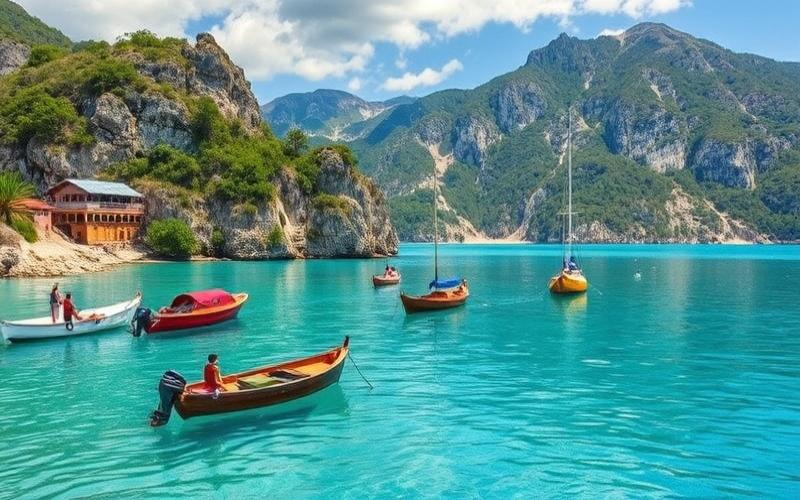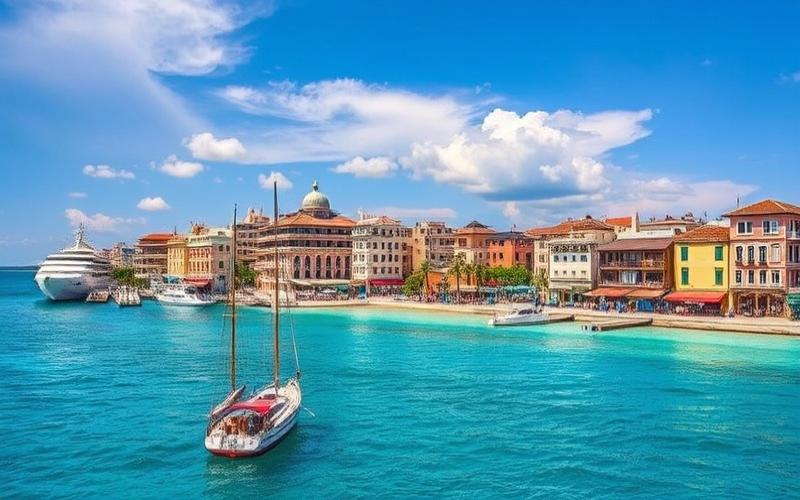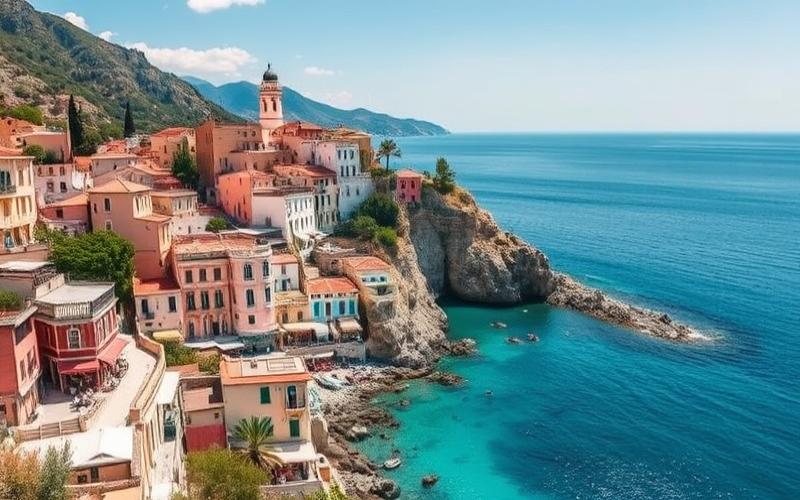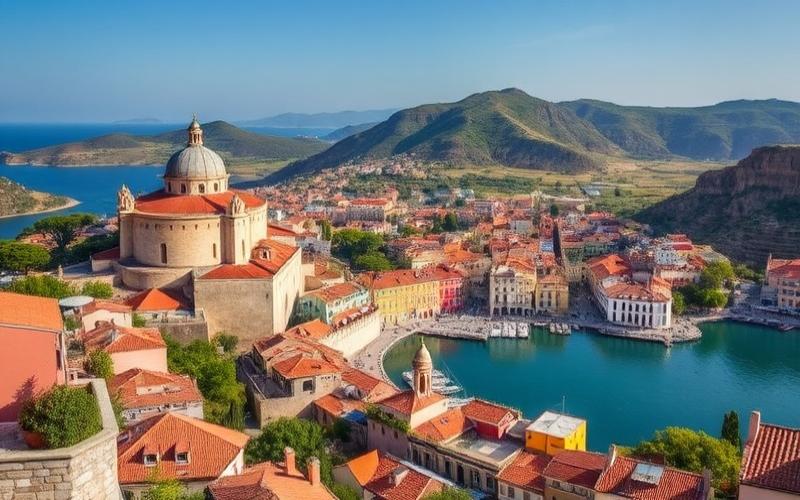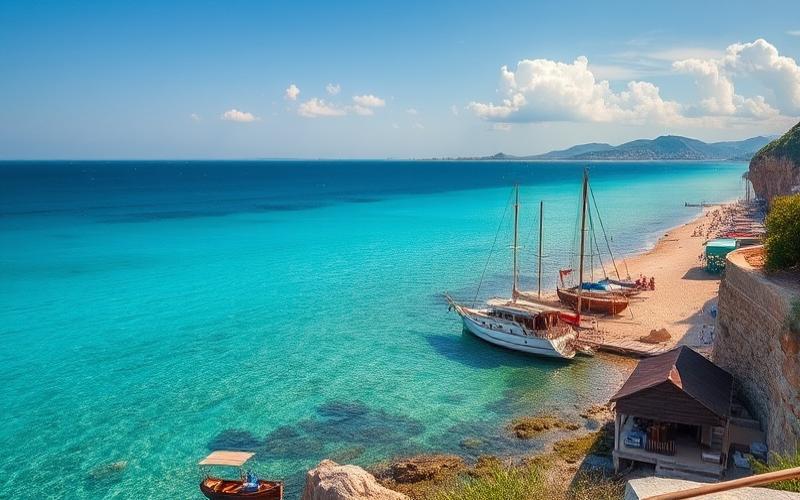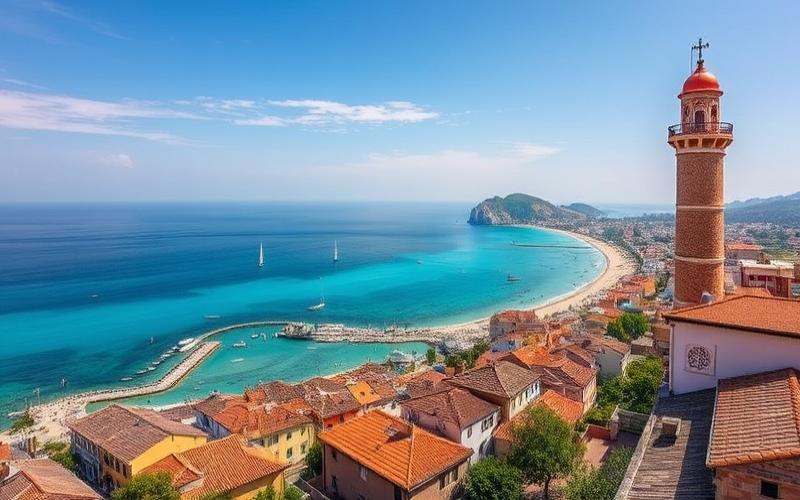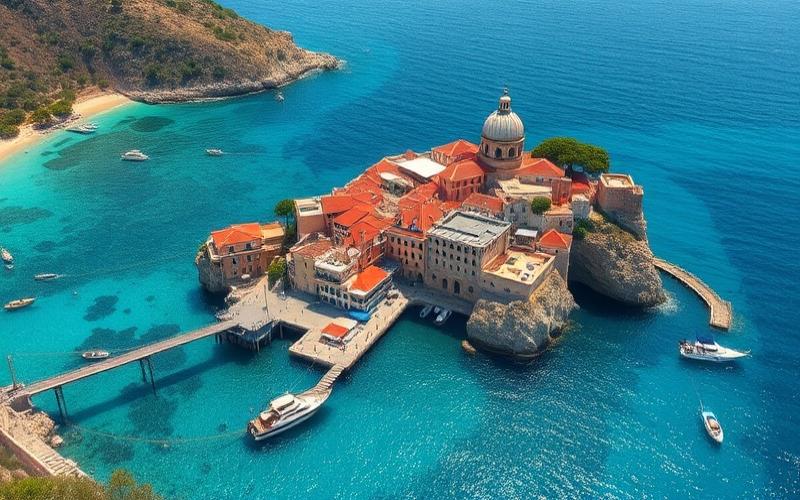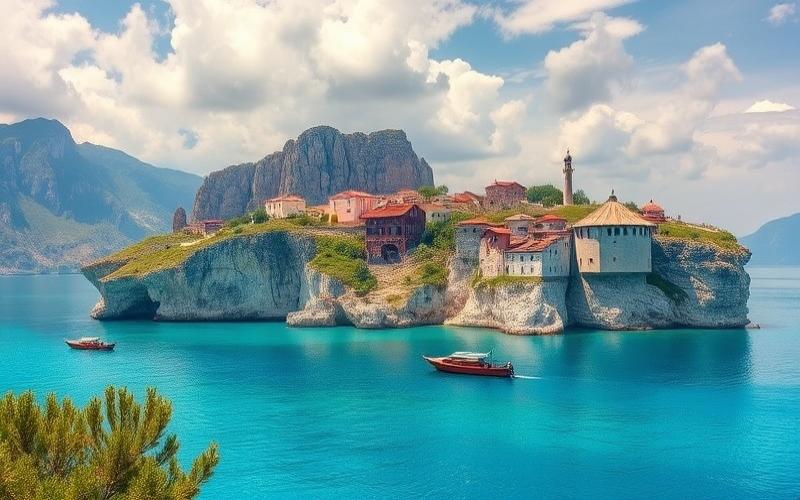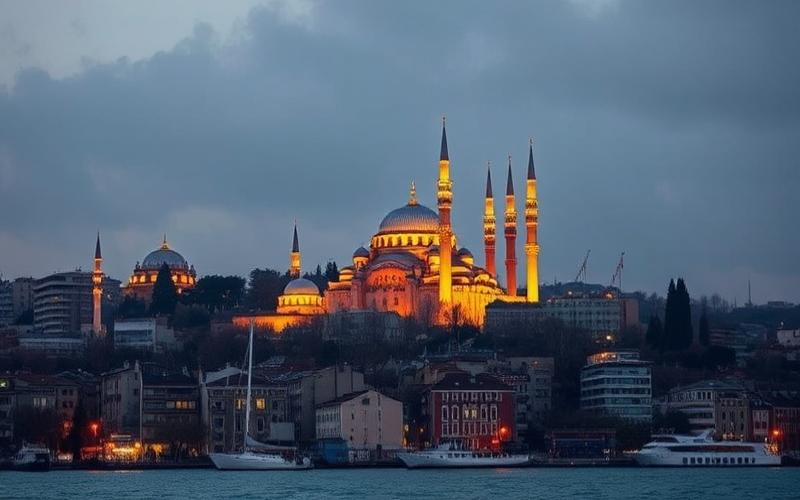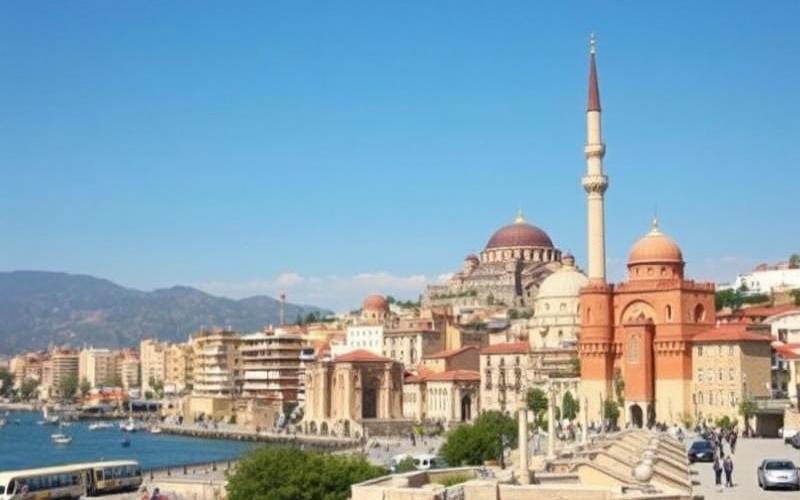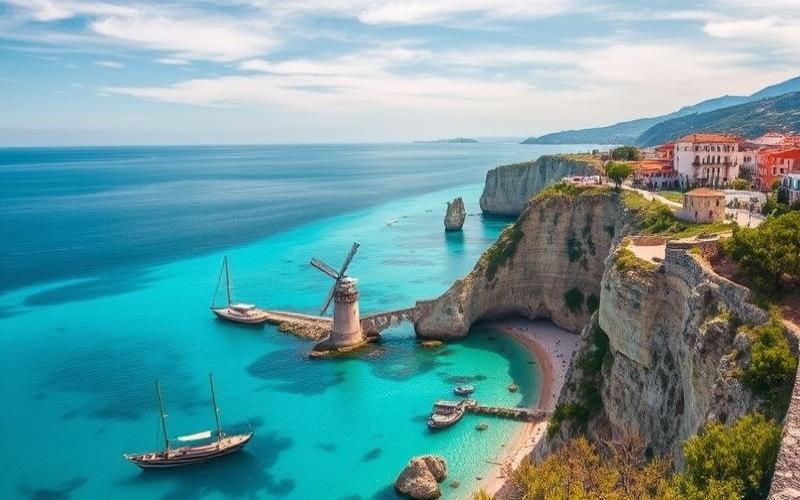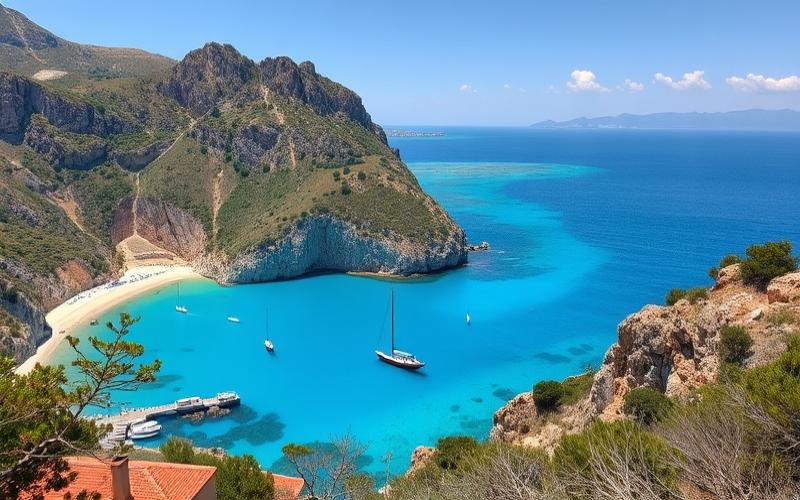
 Published on and written by Cyril Jarnias
Published on and written by Cyril Jarnias
Navigating the complexities of administrative procedures to obtain a construction permit in Turkey proves to be an even greater challenge when the area in question benefits from a specific environmental protection status.
Indeed, Turkish legislation imposes strict regulations and different procedures to ensure the preservation of natural heritage, making it imperative to thoroughly understand the legal requirements before initiating a construction project.
This article aims to clarify the many essential aspects of these regulations, guiding readers through the crucial steps of obtaining a permit, and shedding light on the legal and practical implications to consider for ensuring full compliance with current laws.
Procedures for Obtaining a Construction Permit in a Protected Area in Turkey
Types of Protected Areas Recognized by Turkish Legislation:
| Type of Protected Area | Main Specifics |
|---|---|
| Strict Nature Reserve (IUCN Ia) | Maximum protection, limited access, no human activity except scientific research. |
| Wilderness Area (IUCN Ib) | Conservation of natural ecosystems with minimal human intervention. |
| National Park (IUCN II) | Protection of ecosystems and cultural values; regulated recreational and educational activities. |
| Natural Monument (IUCN III) | Preservation of specific natural elements or exceptional geological formations. |
| Habitat/Species Management Area (IUCN IV) | Active management to maintain or restore certain habitats or species. |
| Protected Landscape/Seascape (IUCN V) | Integration of traditional human activities respectful of the natural environment. |
| Protected Area with Sustainable Use of Natural Resources (VI) | Sustainable use permitted under strict control to ensure long-term conservation of heritage. |
Other national classifications include archaeological sites, classified forests, protected watersheds, and Ramsar wetlands.
Responsible Government Institutions:
- Ministry of Environment, Urbanization and Climate Change: central authority for issuing permits in the majority of natural areas.
- Ministry of Agriculture and Forestry: main manager for national parks and certain nature reserves.
- General Directorate of Natural Heritage Protection, often responsible for administrative monitoring.
- For certain major historical or cultural sites (e.g., Istanbul), the Ministry of Culture and Tourism, the Regional Council for Conservation, and several local bodies may intervene.
Main Steps in the Permit Application Process:
- Initial Verification
- Precise identification of the legal/protected status via local plans or national databases.
- Preparation of the Technical File
- Detailed architectural plans compliant with local restrictions.
- Legal documents related to land ownership.
- Required Environmental Studies
- Mandatory Environmental Impact Assessment according to national regulations; may require specialized studies on biodiversity, landscape, cultural heritage.
- Official Submission to the Competent Authorities
- Administrative Review
- Technical control & regulatory compliance; internal consultation between concerned ministries.
- Potential Public Consultation
- Possible organization of public inquiries allowing local communities to express opinions or objections; these participations are sometimes mandatory in sensitive categories like national parks or UNESCO regions.
- Typical Timelines
- File preparation & preliminary studies: 2–6 months
- Institutional review: 3–12 months depending on complexity
- Public consultation: generally an additional 1–2 months
- Final Approval & Special Conditions
- Strict adherence to technical specifications related to the specific type of protected space
- Sometimes mandatory ecological compensation/afforestation
Costs Associated with an Application
- Fixed administrative fees paid to the concerned ministry.
- Professional fees for technical/environmental studies often high in sensitive areas.
- Possible indirect costs in case of mandatory ecological compensation requirements imposed before final approval.
Special Conditions Before Final Approval
- Full compliance with the approved local/provincial plan
- Absence of unmitigable negative impacts on biodiversity/cultural heritage/local hydrology
- Formal approval by all involved institutions
Community Participation
Local communities can:
- submit observations during public consultations,
- get involved via local advisory councils,
- propose modifications limiting negative impacts within the participatory framework provided by the national regulation on environmental assessment,
- substantiated objections can lead to significant modification or even refusal.
Concrete Examples / Case Studies
| Project | Category | Challenges Encountered | Key Success/Failure Factors |
|---|---|---|---|
| (Istanbul Historical Area) | UNESCO Site | High institutional complexity; high heritage requirements | Coordinated planning with multiple stakeholders; constant community involvement |
| (Cappadocia Hotel Project) | National Park | In-depth environmental assessment required; strong local opposition | Major architectural adaptations imposed; extended timelines (>18 months) |
Summary List of Common Obstacles:
- Incomplete files rejected during the first administrative reading.
- Strong local opposition leading to extended public consultations.
- Specific technical requirements for each category necessitating continuous adaptation of the initial project during administrative processing.
Any procedure requires rigorous anticipation both in terms of documentation and environmental considerations.
Good to Know:
In Turkey, protected areas include national parks, nature reserves, and historical sites, each with specific regulations concerning construction. The Ministry of Environment, Urbanization and Climate Change is the main authority for issuing permits, supported by local municipalities. The process begins with the submission of an application accompanied by environmental impact studies and often requires several months for full review. Timelines vary depending on the project’s complexity and the area concerned. Public consultations are sometimes organized, allowing local communities to give their input, a crucial aspect in culturally sensitive areas. Associated fees can be high and include charges for specialized studies. A successful example is the construction of an eco-lodge in a nature reserve in Kars, which managed to integrate the conservation of the natural and cultural landscape, despite the administrative and financial challenges encountered.
Specific Regulations for Protected Areas and Heritage
Legal Framework for the Protection of Heritage Areas in Turkey
The protection of historical and archaeological sites in Turkey is based on several national laws and specific regulations. The Law on the Protection of Cultural and Natural Assets (No. 2863, 1983, amended several times), as well as the Regulation on the Activity of the Supreme Council for the Conservation of Cultural and Natural Assets (effective 01/12/2005), organize the conservation, restoration, and management of cultural and natural assets. Turkey is also a signatory to international conventions such as the UNESCO World Heritage Convention and the European Landscape Convention.
The General Directorate of Cultural Heritage and Museums (GDoCHM) plays a central role in the enforcement of these laws, in accordance with Article 281 of Presidential Decree No. 1 dated 07/10/2018.
Criteria for Classifying a Protected Area
The criteria determining the classification of an area as protected include:
- The historical, cultural, architectural, or archaeological value of the site.
- The presence of monuments, remains, or exceptional natural elements.
- Scientific, artistic, or social interest.
- Inscription on the World Heritage List or national recognition as an “archaeological site,” “natural site,” “urban site,” or “mixed site.”
- The existence of a protection perimeter or a buffer zone around the site.
Competent Authorities for Issuing Construction Permits
| Authority | Main Role |
|---|---|
| Ministry of Culture and Tourism | General supervision, development of national policies, final validation of sensitive projects |
| Regional Directorates of Culture | Processing of files, control of compliance with laws and local regulations |
| Regional Conservation Councils | Technical evaluation, issuance or refusal of permits, monitoring of on-site interventions |
| Supreme Council of Conservation | Arbitration in case of dispute, harmonization of practices, scientific expertise |
Specific Conditions for Obtaining a Construction Permit
- Submission of a detailed file including:
- Architectural plans compliant with heritage specifications
- Environmental and historical impact study
- Opinion from a certified heritage expert
- Justification for the choice of materials and construction techniques
- Mandatory consultation with regional conservation councils
- Prior notification to the UNESCO World Heritage Centre for inscribed properties
Specific Restrictions and Obligations
- Limitation of building height to a level compatible with the historical environment
- Use of traditional materials or materials compatible with the site
- Prohibition of modification of the external appearance without authorization
- Respect of regulatory distances from protected monuments
- Obligation of photographic and descriptive documentation before work
| Restriction / Obligation | Detail or Example |
|---|---|
| Maximum Height | Often limited to that of existing buildings |
| Materials | Local stone, traditional tiles, natural wood |
| Minimum Distance | Buffer zone of several meters around the monument |
| Prohibitions | Unauthorized demolition, raising, or extension |
Recent Application Examples
- In 2020, any restoration or lighting project around Hagia Sophia in Istanbul was subject to prior notification to UNESCO and strict control by Turkish authorities.
- Conversion of the Chora Museum into a religious building: the project required prior agreement from the ministry and notification to UNESCO, illustrating the importance of the evaluation and consultation procedure.
- Some permits were refused for non-compliance with historical specifications, such as modern construction projects in the immediate vicinity of classified archaeological sites.
Penalties for Non-Compliance
- Administrative fines proportional to the severity of the offense
- Obligation to restore the site to its original state at the offender’s expense
- Suspension or revocation of the building permit
- Criminal prosecution in case of destruction or serious alteration of a protected asset
- Temporary or permanent ban on working in the field of construction or restoration on protected sites
Strict adherence to Turkish regulations ensures the preservation of heritage areas and guarantees the transmission of these treasures to future generations.
Good to Know:
In Turkey, legislation concerning protected areas is governed by laws on the protection of historical and archaeological sites, which classify these areas based on their cultural and natural value. Construction permits in these areas require approval from authorities such as the Ministry of Culture and Tourism and the Regional Directorates of Culture. To obtain a permit, projects must include environmental and historical impact studies, respect construction restrictions such as height limitations and the use of specific materials, and maintain regulatory distances from protected sites. Recent cases have shown permit refusals when these conditions were not met, highlighting the importance of strict adherence to regulations. Furthermore, severe sanctions, including fines and the demolition of non-compliant constructions, are provided for offenses.
Tips for Expatriate Builders in Turkey
Before initiating any construction project in Turkey, it is imperative to familiarize yourself with local and national regulations, especially in protected areas. Turkish legislation, notably the Zoning Law No. 3194 and the Reconstruction Law No. 2981, imposes strict requirements for planning, obtaining permits, and complying with environmental and cultural standards.
Essential Administrative Procedures:
- Obtain a construction permit (Yapı Ruhsatı) from the local municipality’s planning and zoning office.
- Submit construction plans for approval by the competent authorities, ensuring compliance with the specific development plans for the area concerned.
- Carry out, if necessary, an environmental impact assessment in accordance with the Environmental Law No. 2872.
- For coastal or heritage areas, request special permits from the competent authorities.
- Have subdivision plans validated in accordance with Article 21 of the Reconstruction Law.
The Importance of Collaboration with Local Experts:
- Engage a specialized lawyer or construction consultant to navigate administrative and legal procedures.
- Rely on local professionals to ensure project compliance with current standards and facilitate the acquisition of necessary documents.
Common Challenges for Expatriate Builders:
| Challenge | Description | Suggestions to Overcome the Challenge |
|---|---|---|
| Language Barrier | Official documents and exchanges are primarily in Turkish. | Hire a translator or bilingual advisor. |
| Cultural Differences | Social and professional codes may differ from known practices. | Train in local culture, show respect. |
| Administrative Complexity | Multiple authorizations and procedures to follow. | Surround yourself with experts, plan ahead. |
| Knowledge of Local Standards | Specificities related to protected, seismic, or heritage areas. | Consult specialists and local documentation. |
Practical Tips for a Successful Project:
- Establish good relationships with local authorities by adopting transparent communication, respecting deadlines, and participating in public meetings or organized consultations.
- Respect environmental and cultural standards by consulting specific regulations for protected areas (national parks, archaeological sites, coastlines, etc.) and planning adapted architectural solutions.
- Research the categories of protected areas and their restrictions (heights, distances, materials, landscape integration).
- Participate in training or workshops offered by local professional associations to better understand technical and administrative requirements.
Summary of Key Steps:
- Gather precise information on local and national regulations.
- Prepare a complete administrative file.
- Collaborate with local experts (lawyers, engineers, architects).
- Overcome cultural and linguistic challenges with the support of bilingual professionals.
- Maintain constructive dialogue with authorities and ensure environmental and heritage compliance of the project.
Key Takeaway:
Scrupulously respecting regulations and surrounding yourself with local experts are the keys to success for any construction project in a protected area in Turkey.
Good to Know:
Before starting a construction project in Turkey, expatriates must imperatively familiarize themselves with the specific regulations for protected areas. This includes understanding administrative procedures, such as obtaining special permits, often necessary in these sensitive regions. Collaborating with local experts, such as lawyers or construction consultants, is crucial to effectively navigate the system and ensure retrieval of all required documents. Expatriates may encounter challenges such as language and cultural barriers; hiring an interpreter or taking language courses can help mitigate them. Establishing strong relationships with local authorities not only facilitates permit acquisition but also ensures that constructions respect local environmental and cultural standards. Finally, participating in or informing oneself about workshops organized by NGOs focused on cultural and ecological preservation can provide valuable insights for developing sustainable and harmonious projects with their territory.
Clarification of Restrictions Related to Permits in Protected Areas
Types of Permits Required in Protected Areas in Turkey:
- Standard construction permit (inşaat ruhsatı) issued by the local municipality or provincial authorities, in accordance with Article 21 of the Construction Law No. 3194.
- Environmental permit, required for certain projects according to the Environmental Impact Assessment (EIA) Regulation, in accordance with the Environmental Law No. 2872.
- Special permit in protected natural, historical, or archaeological areas (often subject to authorizations from the Ministry of Culture and Tourism and/or the Council for the Protection of Cultural Assets).
- Zoning status certificate, essential to precisely define the restrictions applicable to the land.
Specific Restrictions According to the Type of Protected Area:
| Type of Protected Area | Main Restrictions | Competent Authorities |
|---|---|---|
| Natural/Ecological Area | Total prohibition/limited construction; necessity of an EIA; strict adherence to zoning plans | Ministry of Environment, Municipality |
| Historical/Archaeological Area | Prohibition except approved restoration; imposed materials and techniques | Ministry of Culture/Tourism |
| Military/Security Area | Construction generally prohibited for civilians; highly restricted access | Ministry of Defense |
Categories of Projects Requiring Special Authorizations:
- Tourist projects in coastal areas
- Hotel developments or residential complexes near or integrated into an archaeological site
- Industrial installations/marinas in a sensitive ecological area
- Restoration/conversion of a classified heritage building
Current Turkish Legal References:
- Law No. 3194 on Zoning and Urbanization
- Law No. 4708 on Construction
- Law No. 2872 on the Environment
- Article 35 – Real Estate Acquisition by Foreigners (additional restrictions)
Typical Timelines for Permit Acquisition:
| Administrative Step | Average Timeline |
|---|---|
| Urban Compliance Verification | ~15 days |
| Environmental Impact Assessment (EIA) | Between 1 month and >6 months |
| Project Approval by Local Council | ~1 month |
| Final Permit Issuance | Total Estimated: between 2 and 9 months |
No construction can begin without prior acquisition. If construction does not start within two years after issuance, the permit becomes void.
Available Exceptions/Derogations:
Possible only in certain specific cases:
- Temporary derogation granted for a strategic public project that has received an exceptional government decree.
- Punctual modification of the local plan if recognized heritage interest.
- Simplified restoration possible with a favorable opinion from the cultural council.
Administrative Steps to Obtain a Valid Permit Despite Restrictions:
- Obtain an official certificate indicating the exact status of the land/surrounding areas.
- Submit a complete file including architectural plans compliant with specific zoning + EIA study if required.
- Wait for technical analysis then formal opinion from the municipal/provincial/concerned specialized councils.
- Respond to additional requests/possible modifications imposed by sectoral or cultural authorities.
- Receive official written notification granting or refusing the permit.
In case of refusal, appeal possible before the local administrative court but this process is complex.
Recent Concrete Examples & Typical Complications Encountered:
Antalya Hotel Project – Natural Coastal Area
- Major complications related to the Turkish Natura2000 classification,
- Initial refusal due to incomplete EIA study,
- Delay >8 months due to additional requirements concerning public access/natural beaches,
- Final authorization obtained after drastic reduction of built surface & commitment to compensatory afforestation.
Renovation of Ottoman Villa in Istanbul – Protected Historical Sector
- Prolonged blockage due to lack of strict compliance with prescribed traditional techniques,
- Imposed use of old local materials despite high costs,
- File validated only after direct intervention by the National Cultural Heritage Council.
Summary List of Typical Complications:
- Unexpected extension of administrative timelines related to multiple opinions
- Recurrent request for additional technical documentation
- Risk of license cancellation if legal work start schedule is not respected
- Mandatory modifications to initial plans often costly
Guiding any project from its origin with specialized legal expertise remains essential to effectively anticipate each regulatory step specific to Turkish protected areas.
Good to Know:
In Turkey, constructions in protected areas require specific permits, the types of which vary according to the area’s classification, such as protected natural areas or cultural heritage sites. Turkish law, notably Law No. 2863 on the Preservation of Cultural and Natural Heritage, details these restrictions, and each project must often go through the Conservation Council which assesses its compliance with current rules. Construction permits in national parks or nature reserves can involve longer timelines, often several months, and sometimes require the agreement of the Ministry of Environment and Urbanization. Certain projects, such as public infrastructure, may benefit from derogations, but they must demonstrate public necessity. Administrative steps generally include the submission of environmental impact studies and reports from certified architects. A concrete example is the construction of a road in a Natura 2000 area, which was delayed by bureaucratic complications due to the initial insufficiency of the impact studies presented.
Disclaimer: The information provided on this website is for informational purposes only and does not constitute financial, legal, or professional advice. We encourage you to consult qualified experts before making any investment, real estate, or expatriation decisions. Although we strive to maintain up-to-date and accurate information, we do not guarantee the completeness, accuracy, or timeliness of the proposed content. As investment and expatriation involve risks, we disclaim any liability for potential losses or damages arising from the use of this site. Your use of this site confirms your acceptance of these terms and your understanding of the associated risks.


